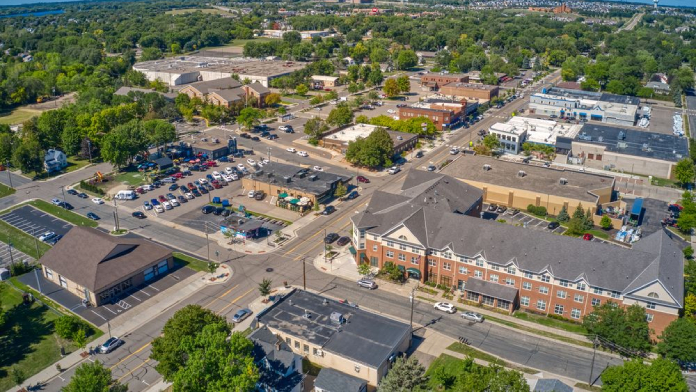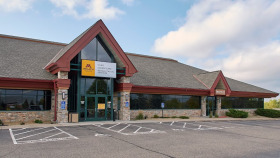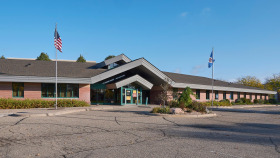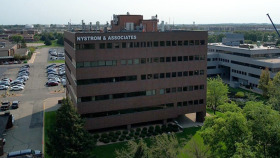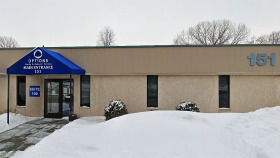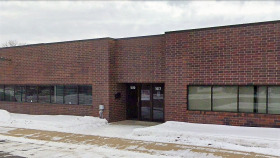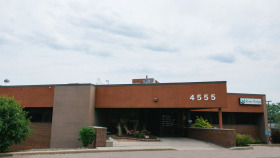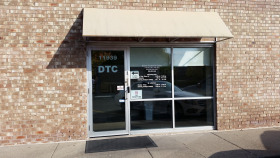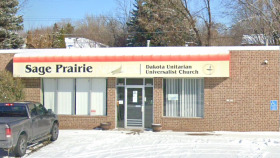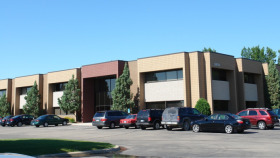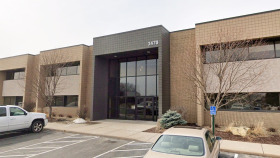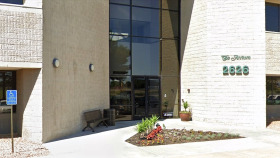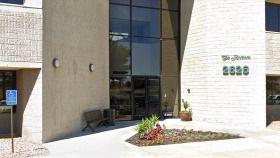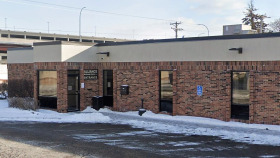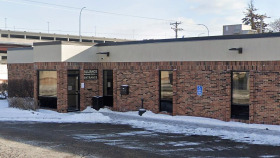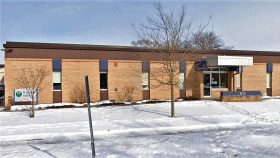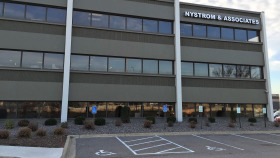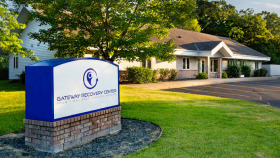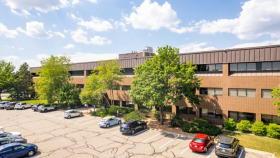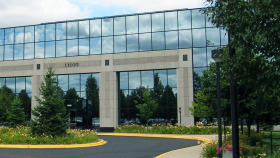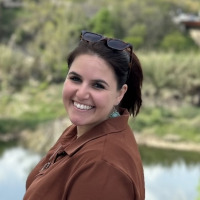Substance Misuse Statistics in Lakeville, MN
Between 2016 and 2019, the number of deaths from synthetic opioids alone increased by more than 300%. These drugs have replaced heroin as the leading cause of overdose deaths in the region and throughout the state.3
In 2020, Minnesota’s Metro Region ranked third in the state for drug overdose deaths. That same year, in Lakeville’s Dakota County, opioid drugs were involved in the greatest number of overdose deaths, with synthetic opioids making up more than 69%.4 Here are a few more recent statistics on drug and alcohol use in Dakota County and the Metro Region:4, 5
Fentanyl and fentanyl analogs were involved in 90% of all opioid-related deaths.
The largest increase in overdose deaths is among the 25-34 and 45-54 age groups, at 30%.
Overdose deaths among those over 65 increased by 26%.
Across all age groups, the largest increase in overdose deaths and hospitalizations between 2017 and 2019 was among white males—a jump of 73%.
Levels of Substance Misuse Treatment
Addiction needs can vary by person and situation. The following levels of treatment are available to meet these different needs.
Alcohol and Drug Detoxification
Before beginning a formal inpatient or outpatient program, detox is often necessary. This is the process of safely and comfortably removing drugs or alcohol from your system. Detox occurs in a supervised setting, such as a hospital or inpatient rehab center.
Inpatient Drug and Alcohol Rehab
Residential or inpatient treatment provides 24/7 supervised care while you live at the rehab facility. A combination of treatment interventions is offered, including individual and group therapy, nutritional counseling, experiential therapies, and medication.
Partial hospitalization programs (PHPs)
PHPs allow you to live at home while attending treatment at a hospital. You may receive many of the same treatment services offered through inpatient care, but you can return home during non-treatment hours.
Intensive Outpatient Programs (IOPs)
IOPs are a step down from PHPs. With this program, you attend a few hours of counseling over several days each week while spending the rest of your time at work, school, or fulfilling other obligations.
Standard Outpatient
As the least intensive treatment option, standard outpatient care involves just one to two hours of treatment per week. This level is appropriate for highly motivated people with a strong support system.
Relapse Prevention
Relapse prevention, also referred to as aftercare, begins when you complete a rehab program. It involves ongoing support to encourage continuing sobriety. Supports typically include 12-step groups, therapy, sober living homes, or other accountability.
How to Pay for Substance Addiction Treatment in Lakeville, Minnesota
Private Insurance
The Mental Health Parity and Addiction Equity Act requires all insurance providers to cover substance misuse and mental health treatment services in some capacity. Minnesota residents must confirm with their provider the precise coverage offered under their specific plan.
Minnesota Medicaid
Medical Assistance (MA) is Minnesota’s Medicaid program. This government program provides healthcare plans for Minnesota residents with low income. MA serves children and families, pregnant women, adults without children, seniors, and people who are blind or have a disability.5
Minnesota Medicare
Minnesota Medicare is a national health insurance program that provides health insurance for Minnesotans age 65 or older, have a disability status, or have end-stage renal disease or ALS. Medicare plans cover addiction treatment services; however, the rehab center must accept Medicare as a form of payment.
TRICARE in Minnesota
Minnesota TRICARE (West region) is a government program providing health insurance coverage to the U.S. Armed Forces military personnel, veterans, and their dependents. This coverage includes addiction treatment services.
Sliding Scale Rehabs
Sliding scale rehabs charge Minnesota residents only what they can afford, based on their income. Facilities typically require participants to provide proof of income to qualify for this discount.
IHS-Funded Drug Rehabs
Indian Health Service (IHS) provides free addiction treatment to Alaskan Natives and Indigenous people in the U.S.
Traveling to and Within Lakeville, MN
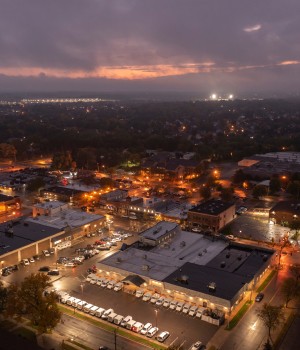 If you’re looking for an alcohol or drug rehab in Lakeville, or if you’re supporting someone who’s seeking addiction help at an alcohol and drug rehab in the area, you may want to know a few things about Lakeville and its surrounding communities:6
If you’re looking for an alcohol or drug rehab in Lakeville, or if you’re supporting someone who’s seeking addiction help at an alcohol and drug rehab in the area, you may want to know a few things about Lakeville and its surrounding communities:6
- Lakeville is located 20 miles south of Minneapolis-St. Paul on Interstate 35.
- Lakeville is home to several large parks and zoos, including Sea Life Aquarium and the Como Park Zoo and Conservatory.
- The Lakeville area has a thriving arts and performance scene at venues such as the Lakeville Arts Center and Guthrie Theater.
- Lakeville is served by several regional airports, including Minneapolis-St. Paul and Rochester, MN
- Direct bus service from Minneapolis to Lakeville takes around half an hour.
- Accommodations in Lakeville include most major hotel and motel chains as well as local bed and breakfasts and Airbnbs.
Minnesota Alcohol and Drug Laws
Minnesota lawmakers and public health agencies have enacted the following laws related to substance misuse and overdoses:1,2,3,4
Good Samaritan Overdose Medical Assistance Law: This law stipulates that a person who seeks medical assistance for someone who is experiencing a drug-related overdose may not be charged or prosecuted for the possession or use of a controlled substance or drug paraphernalia. The law also protects the person who is experiencing the overdose from prosecution. This law is designed to remove fear of legal repercussions, to encourage Minnesota residents to call 911 during an overdose situation.
Minnesota’s Drug and Alcohol Testing in the Workplace Act: In Minnesota, employers are not permitted to drug test their employees with impunity. The laws allow only specific instances in which drug and alcohol testing could be legal in the workplace. Policy makers are reviewing these laws now that marijuana use was legalized in Minnesota in 2022.
DWI Laws: Minnesota’s driving while intoxicated laws make it illegal to drive, operate, or be in control of any motor vehicle anywhere in the state while under the influence of a controlled substance, alcohol, or any intoxicating substance; having a BAC of .08 or more; having any amount of a Schedule I or II controlled substance (other than marijuana), in the body. For Minnesotans under the age of 21, consumption of any amount of alcohol and driving of a motor vehicle results in a loss of driver’s license and additional penalties.
Marijuana Laws: As of July 1, 2022, Minnesota residents who are at least 21 years old can legally purchase and consume edible and drinkable products containing hemp-derived THC. The law allows businesses to sell, and individuals to consume products containing no more than five milligrams of THC per serving and no more than 50 milligrams of THC per package.
Resources
- City of Lakeville, Minnesota. (n.d.). About Lakeville.
- Metro Cities Minnesota. (n.d.) Members.
- Minnesota State Department of Health. (2021). Statewide Trends In Drug Overdose: Preliminary 2021 Update.
- Minnesota State Department of Health.( 2020). Dakota County Substance Use and Overdose Profile.
- Minnesota Department of Health.(2020). Trends in Drug Overdose Deaths: Metro Region 2011-2019.
- Lakeville Convention and Visitors Bureau. (n.d.). Visit Lakeville Minnesota.

